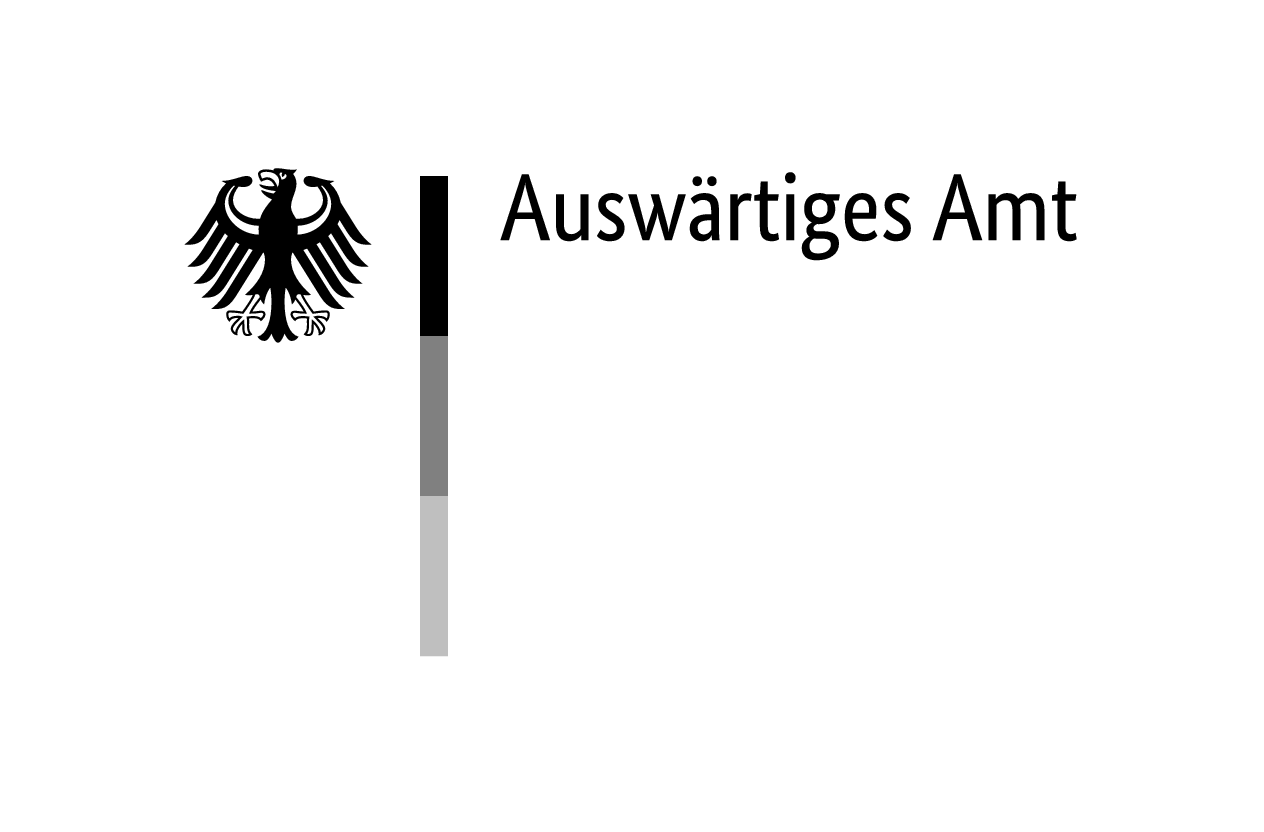Jeanne Marie Modis was born on 8 December 1925 in Bressoux, Belgium. Her parents, Karl Modis (1878–unknown) and Rosa Maria Zuner (1884–unknown), came from Norway. They had eight children, including Jeanne Modis, called Paprika. Most of the time, the family lived in Belgium, where the parents were able to earn a relatively undisturbed living from horse trading.
The prerequisite for this was the possession of ‘reiswijzer’/‘feuilles de route’. These were documents with photographs and fingerprints that were valid for three months; they certified that the holder was staying in a locality, but did not guarantee authorisation to remain indefinitely.
Failed Return to Norway
Jeanne Modis met Jean Arthur Galut, known as Yayal, at the horse market in Brussels. He was born on 19 June 1923 in Mons, Belgium, and came from a family near Paris, France, who also traded in horses. After Adolf Hitler (1889–1945) came to power in Germany, the Modis family wanted to return to their home country of Norway.
However, their attempts to reach Oslo via Sweden or Denmark failed. They initially fled to France in their caravans and travelled in small groups with the Gorgan and Peterbost families to avoid attracting attention. In January 1942, they stayed in Belgium, where they were issued ‘Gypsy cards’ [‘Zigeunerkaart’] by the aliens police.
Arrest and Deportation
Shortly before Christmas 1943, the Feldgendarmerie arrested them in the Pas-de-Calais department in Hénin-Liétard, now Hénin-Beaumont, on the orders of the Security Police (Sipo) in Brussels. Their horses were confiscated and sent to the slaughterhouse. The families were first held in the Loos-lez-Lille prison in Loos and from there transferred to the ‘SS transit camp’ in Mechelen, which was located in the Dossin barracks there. The arrest was carried out in implementation of the order of 29 March 1943 that Sinti and Roma from Belgium and northern France be deported to the Auschwitz-Birkenau concentration and extermination camp.
Jean Yayal Galut had escaped arrest in Hénin-Liétard; he fled to Belgium and hid in Brussels. However, he was also arrested and imprisoned in the Rekkem asylum, together with foreigners and ‘undesirables’. Shortly before his arrest, he had learnt at Café Jean in Molenbeek, Brussels, which he frequented, that his entire family had disappeared to an unknown destination. Paprika Modis-Galut’s sister, Clara Modis (1923–1987), who lived with Joseph Taicon (1915–1982), was also able to evade arrest during the planned deportation and escape during the raid carried out by the Feldgendarmerie in Tournai, Belgium.
In an interview conducted by the Belgian historian José Gotovitch (1940–2024) with Paprika Modis-Galut in 1976, she recalled the hunger and thirst, the dirt and the lice in the Dossin barracks. The detainees were robbed of their jewellery, including their wedding rings. They were separated from the Jews, locked in two rooms, slept on straw mats that were never changed and were only very rarely allowed to leave the dormitories for walks in the barracks courtyard. The musicians among them were forced to play the violin, and their instruments were taken away from them immediately afterwards. They were completely cut off from the outside world and received no parcels from the Red Cross. The Modis family was on ‘Transport Z’, which left Mechelen on 15 August 1944 and arrived in Auschwitz-Birkenau two days later.
On arrival, the deported Sinti and Roma were not separated or selected, but tattooed, shaved and assigned to the separate Camp Section BIIe in Auschwitz-Birkenau. Paprika Modis-Galut was given a civilian garment, a dress that was unsuitable for survival in the winter weather conditions.
The new arrivals were quarantined, forbidden to leave their block for 40 days. During this time, typhus was already raging. The healthiest prisoners were assigned to excavation work. Paprika Modis-Galut continued to breastfeed her daughter Carmen, called Dschiworka, who had been born on 2 April 1942 in Leuven, Belgium, but the child quickly fell ill. She survived only two months in Birkenau and died on 22 March 1944.
Ravensbrück, Buchenwald, Auschwitz
Those who survived the quarantine and the first three months in the camp were examined for their ‘fitness for work’. Paprika Modis-Galut survived the selection and was part of the first transport to Ravensbrück concentration camp on 15 April 1944. From August 1944, she was deployed in various satellite camps that supplied the armaments company Hugo Schneider AG (HASAG): Altenburg, Taucha and Schlieben, all of which were subordinate to Buchenwald concentration camp. Excavation work and the manufacture of hand grenades and bazookas were the daily lot of these women.
On 11 October 1944, Paprika Modis-Galut was sent back to Auschwitz together with other Sinti and Roma, including Joséphine Lagrené (1929–2022). In Auschwitz, she learned of the death of her entire family and the murder of the remaining family members in the gas chambers, which had taken place on the night of 2 to 3 August 1944.
At the time, Paprika Modis-Galut had already been severely affected by the extreme conditions in the camps. In one of the many camps she had endured, she had been hit on the head for trying to pick up potato peelings from the muddy ground. She remembered the liberation by the Allies, but without being able to give more precise details.
After the Liberation
On 27 August 1945, Paprika was taken back to Lille, where she searched in vain for her family. In Brussels, she moved into a room in Sint-Pieters-Leeuw [Leeuw-Saint-Pierre] as she had neither a caravan nor a horse. In October 1945, she was given a new ‘Gypsy card’. In Lille, she met her husband Yayal Galut again; like her, he had survived.
In a letter from her lawyer to the aliens police, Paprika Modis-Galut demanded compensation for a confiscated horse. This letter also revealed that her parents and six of her siblings (Henri, Hélène, Waldemar, Troreman, Villamena and Sophie) had been arrested by the Feldgendarmerie in Sint-Pieters-Leeuw in November 1943 and deported. None of them survived the camps. In 1959, Paprika Modis-Galut and Yayal Galut had a son, Moise Galut. From 1975 onwards, Paprika Modis-Galut and Yayal Galut normally lived in Belgium again.
In 1982, the couple applied for permission to settle in Merksem, but their application was rejected. The rejection was on the grounds that they were living in a caravan. They were expelled from Belgium in the same year. Paprika Modis-Galut died on 13 February 1997 in Créteil, Val de Marne department, France, and Jean Yayal Galut died on 13 July 2014 in Montfermeil, Seine-Saint-Denis department, France.
Of the 24 members of the Modis family, only two women survived the deportation to Auschwitz-Birkenau: Paprika Modis-Galut and her niece Sophie Modis-Russalino (1926–unknown).




